
How to Use Crystal: Examples, Pinouts, and Specs
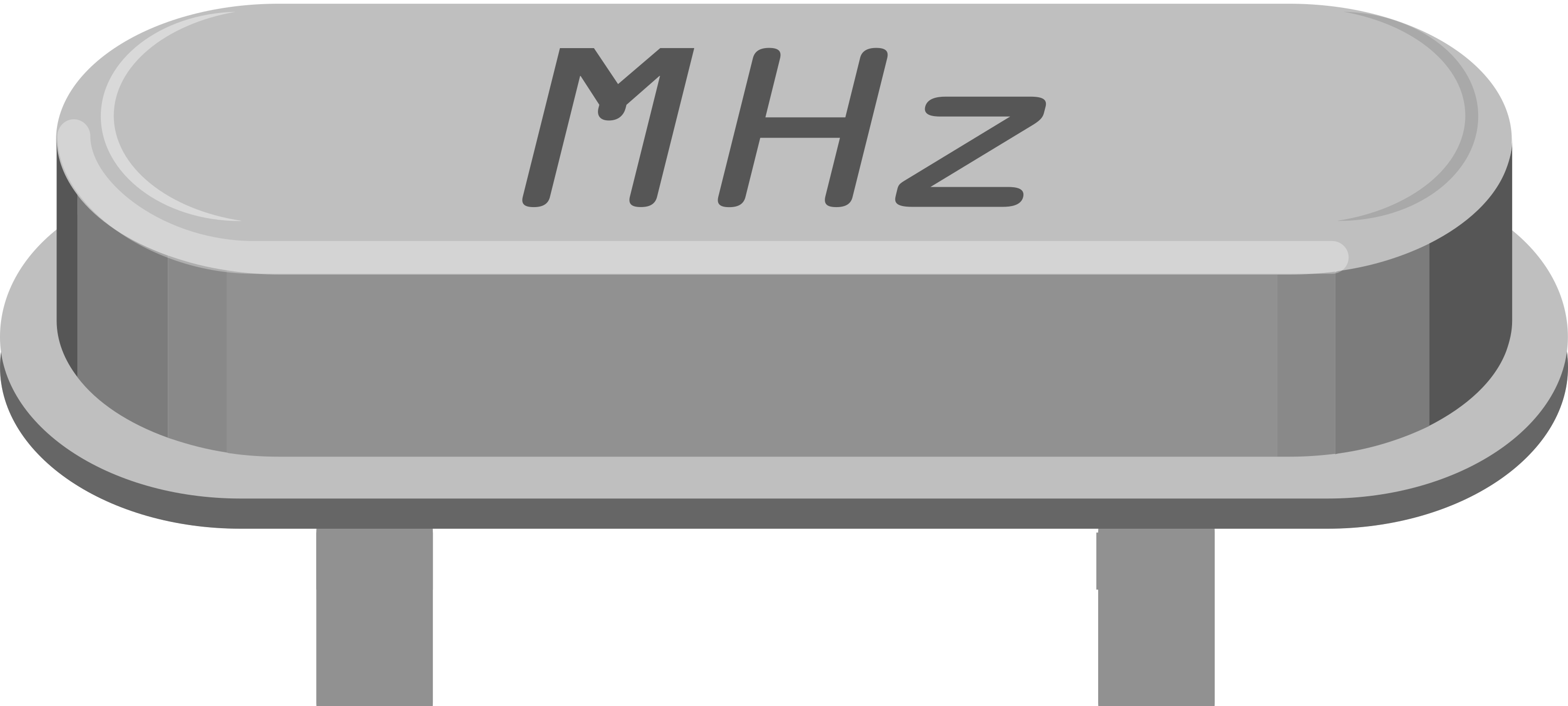
 Design with Crystal in Cirkit Designer
Design with Crystal in Cirkit DesignerIntroduction
A crystal oscillator is a passive electronic component that creates an electrical signal with a precise frequency. This frequency stability is achieved by utilizing the mechanical resonance of a vibrating crystal made from quartz or similar piezoelectric materials. Crystal oscillators are essential in applications where accurate timing is crucial, such as in clocks, radios, and microcontrollers for timing signals.
Explore Projects Built with Crystal
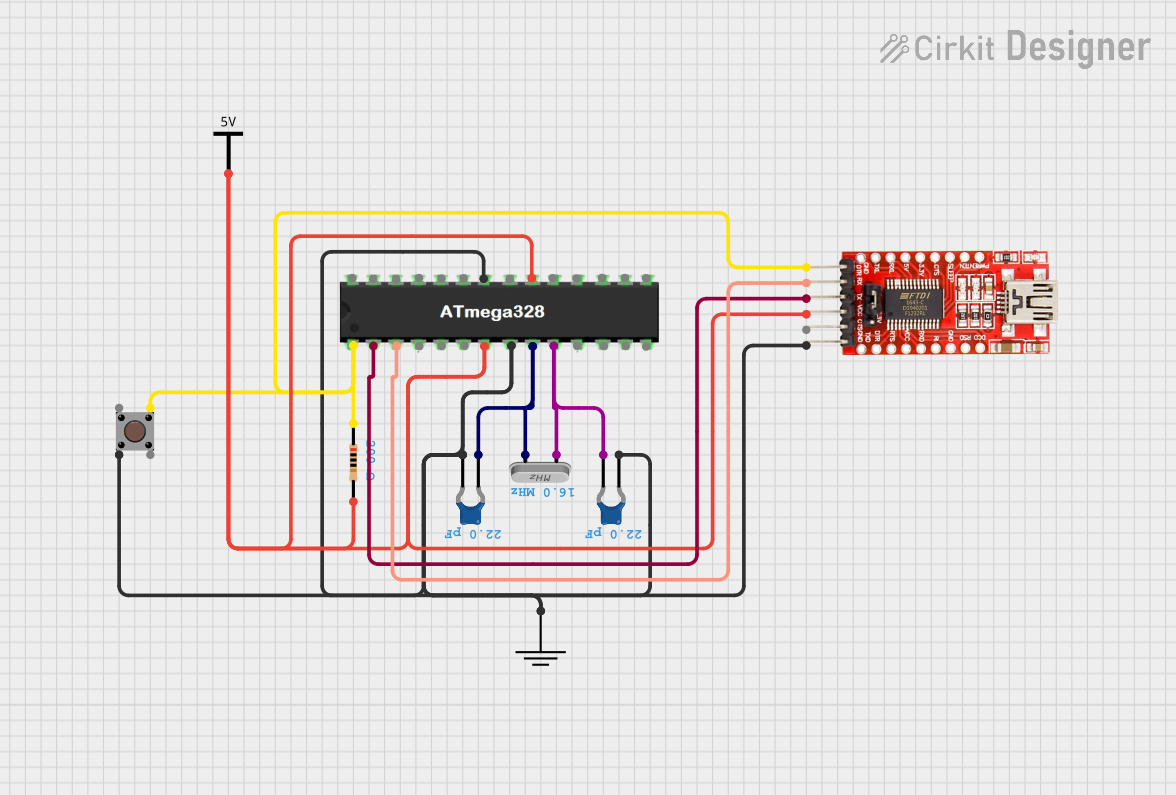
 Open Project in Cirkit Designer
Open Project in Cirkit Designer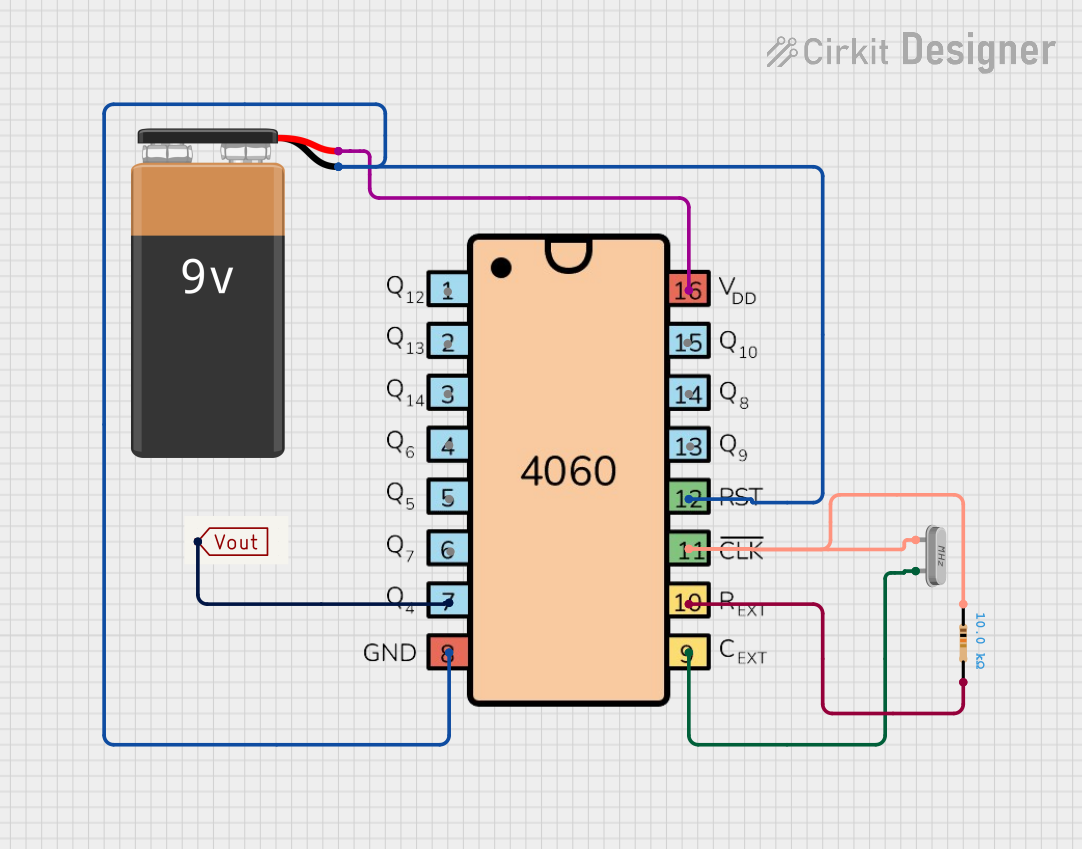
 Open Project in Cirkit Designer
Open Project in Cirkit Designer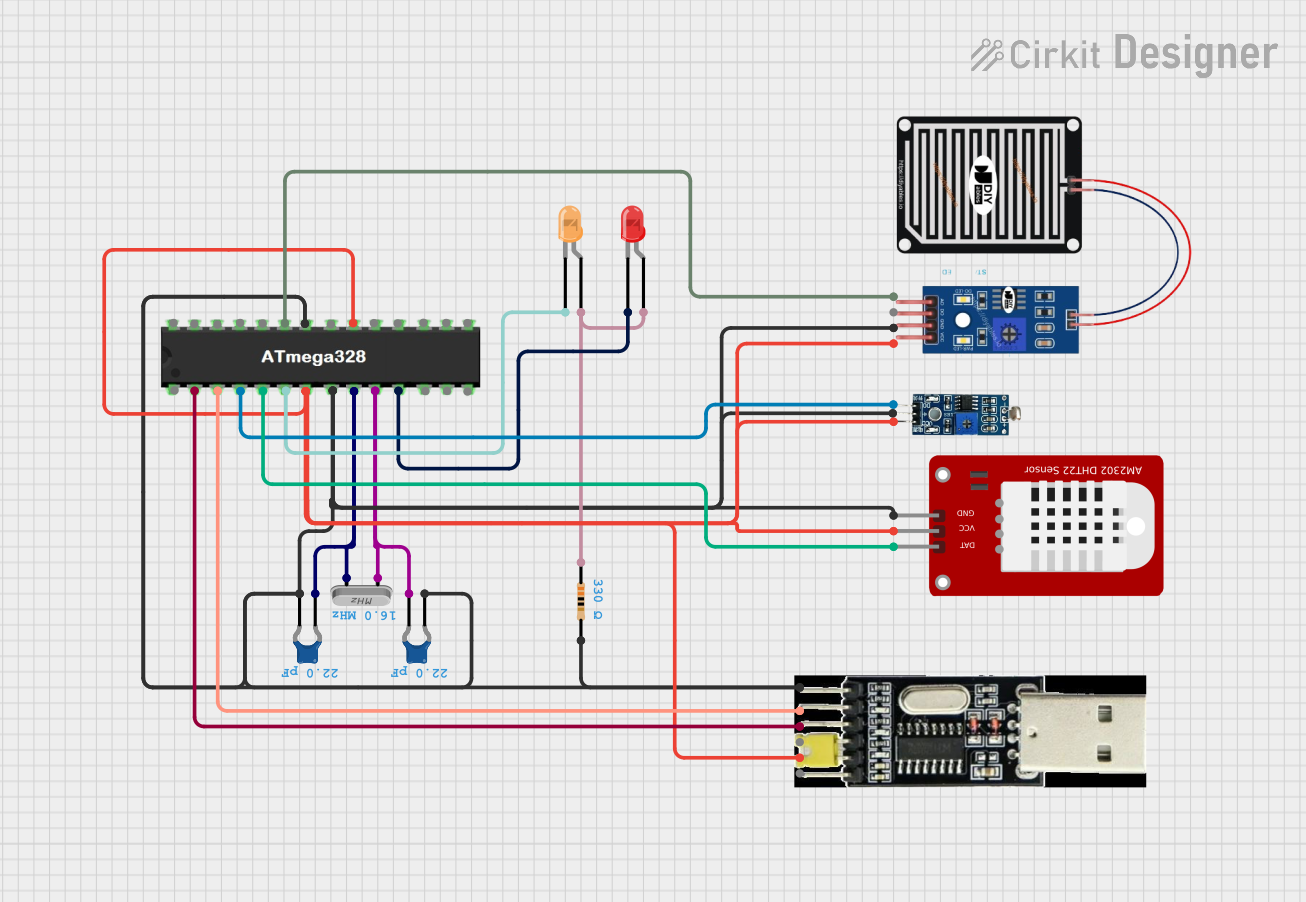
 Open Project in Cirkit Designer
Open Project in Cirkit Designer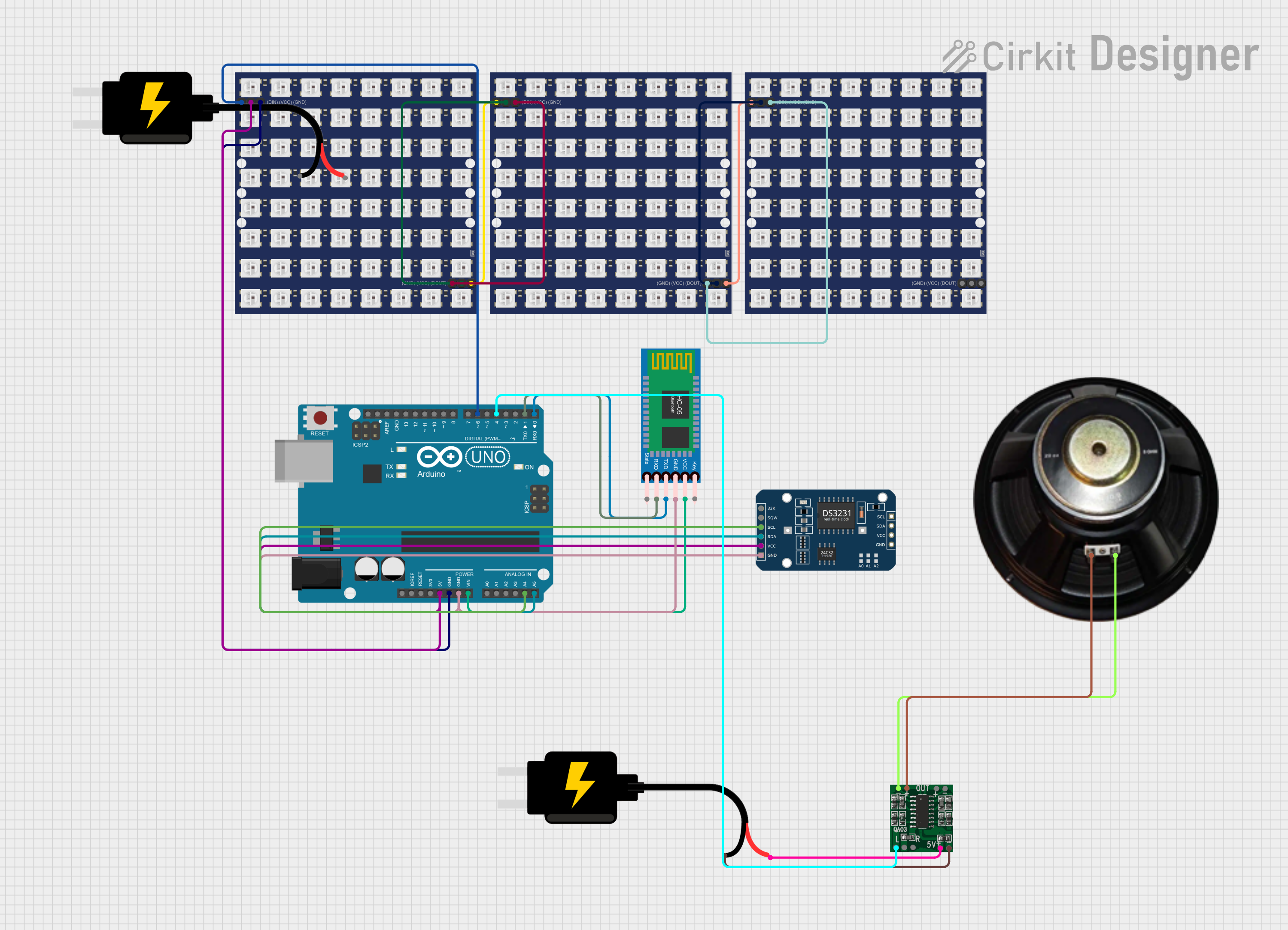
 Open Project in Cirkit Designer
Open Project in Cirkit DesignerExplore Projects Built with Crystal

 Open Project in Cirkit Designer
Open Project in Cirkit Designer
 Open Project in Cirkit Designer
Open Project in Cirkit Designer
 Open Project in Cirkit Designer
Open Project in Cirkit Designer
 Open Project in Cirkit Designer
Open Project in Cirkit DesignerCommon Applications and Use Cases
- Clock generation for microcontrollers and microprocessors
- Frequency reference for communication systems
- Timekeeping in real-time clocks (RTC)
- Signal synchronization in digital integrated circuits
- Stabilization of frequencies for transmitters and receivers
Technical Specifications
Key Technical Details
- Frequency Range: Typically from 32 kHz to over 200 MHz
- Frequency Stability: Varies with temperature, load, and aging
- Load Capacitance: Specified by the manufacturer, typically 8 to 32 pF
- Drive Level: The power level at which the crystal is rated to operate, usually in µW
- Equivalent Series Resistance (ESR): The internal resistance of the crystal, measured in ohms
Pin Configuration and Descriptions
| Pin Number | Name | Description |
|---|---|---|
| 1 | IN | Input pin for the oscillator circuit, connected to the inverting amplifier |
| 2 | OUT | Output pin, provides the oscillating signal |
| 3 | GND | Ground reference for the crystal (if applicable) |
| 4 | VCC | Power supply for the crystal (if applicable) |
Note: Not all crystals have four pins. Many have only two pins (IN and OUT), as they do not require a separate power supply or ground.
Usage Instructions
How to Use the Crystal in a Circuit
- Selecting the Crystal: Choose a crystal with the appropriate frequency and load capacitance for your application.
- Circuit Integration: Connect the crystal in parallel with two load capacitors to the oscillator circuit of the microcontroller or other integrated circuit.
- Load Capacitors: The value of the load capacitors is crucial and should be calculated based on the crystal's specifications and the input/output capacitance of the oscillator circuit.
Important Considerations and Best Practices
- Load Capacitance Matching: Ensure the total load capacitance seen by the crystal matches the manufacturer's specification.
- Temperature Stability: Be aware of the operating temperature range and choose a crystal with appropriate temperature stability.
- Physical Mounting: Crystals are sensitive to mechanical stress and environmental factors; mount them securely and away from sources of heat and vibration.
- Drive Level Compliance: Do not exceed the recommended drive level to avoid damaging the crystal or causing it to operate outside its specified frequency.
Troubleshooting and FAQs
Common Issues
- Frequency Drift: The crystal may drift from its specified frequency due to temperature changes or aging.
- No Oscillation: If the crystal does not start oscillating, check the load capacitance and the power supply to the oscillator circuit.
- Signal Distortion: A distorted signal can be caused by excessive drive level or incorrect load capacitance.
Solutions and Tips for Troubleshooting
- Frequency Drift: Use a temperature-compensated crystal oscillator (TCXO) for better stability.
- No Oscillation: Verify the correct orientation and connection of the crystal and ensure that the load capacitors are of the correct value.
- Signal Distortion: Reduce the drive level and check the load capacitors for correct values and proper soldering.
FAQs
Q: Can I use any crystal with my microcontroller? A: No, you must use a crystal with a frequency that is supported by your microcontroller and with the correct load capacitance.
Q: How do I calculate the load capacitance? A: The load capacitance (CL) can be calculated using the formula: CL = (C1 * C2) / (C1 + C2) + Cstray, where C1 and C2 are the load capacitors and Cstray is the stray capacitance of the circuit.
Q: What happens if I use a crystal with a higher drive level than recommended? A: Exceeding the recommended drive level can cause the crystal to overheat, leading to frequency drift or permanent damage.
Example Code for Arduino UNO
// Example code to set up an external 16MHz crystal with an Arduino UNO
void setup() {
// Assuming the Arduino is configured to use an external crystal by default.
// No additional setup is required for the crystal itself.
}
void loop() {
// Your code here. The microcontroller will use the external crystal for its timing.
}
Note: The Arduino UNO typically comes with a pre-installed 16MHz crystal. The above code is for illustrative purposes, showing that no special initialization is required in the software to use the crystal.
Remember to consult the datasheet of your specific crystal and microcontroller for detailed information and instructions.